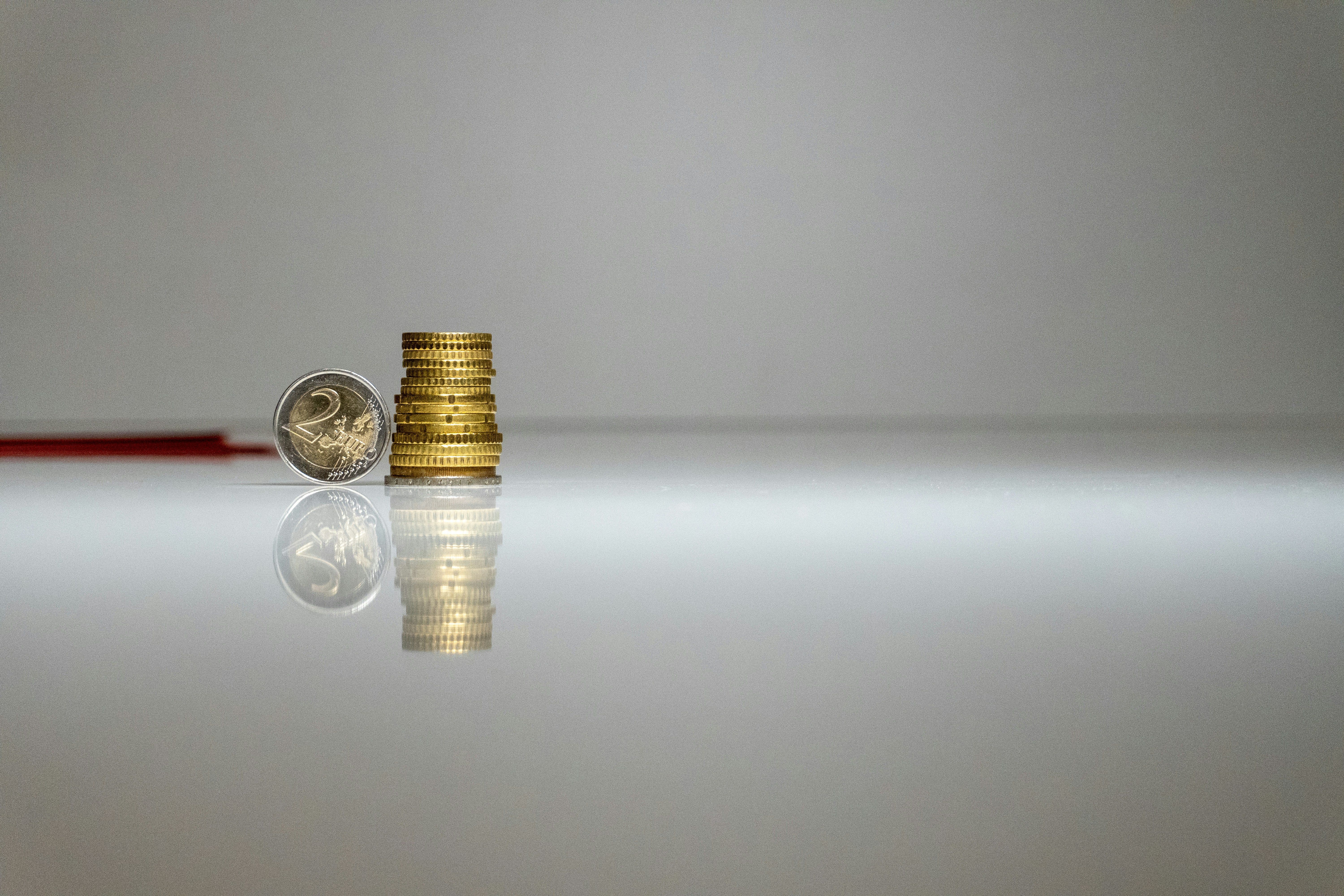Buy Now, Pay Later (BNPL) Services: Boon or Bubble?

Buy Now, Pay Later (BNPL) Services: Boon or Bubble?
Buy Now, Pay Later (BNPL) has become a popular payment option for consumers worldwide, offering interest-free installment plans on purchases. Companies like Klarna, Afterpay, and Affirm have fueled this financial trend. But as of 2025, questions arise: Is BNPL a financial revolution or a ticking time bomb?
How BNPL Works
Consumers make a purchase and split payments into equal installments (e.g., four payments over six weeks). No interest is charged if payments are made on time. Retailers pay a fee to BNPL providers for offering the service.
Why BNPL Boomed
- Ease of use and instant approval.
- Millennial and Gen Z appeal , avoiding credit cards.
- Pandemic acceleration of online shopping.
- Retailer incentives due to increased cart conversions.
Economic Implications
- BNPL boosts short-term consumption.
- It introduces credit to consumers previously underserved by banks.
- It raises concerns about consumer over-indebtedness.
Risks and Concerns
Lack of Regulation
- BNPL was lightly regulated until recently.
- Some users fall into debt traps without realizing they’re taking on credit.
Credit Score Blind Spots
- Traditional credit bureaus often overlook BNPL usage.
- Late payments can still affect consumer scores.
Merchant Dependency
- Retailers may over-rely on BNPL to drive sales, risking customer loyalty and margin erosion.
Regulatory Outlook
- Many jurisdictions are introducing BNPL-specific rules , including:
- Clearer disclosures.
- Caps on fees.
- Mandatory credit checks.
Market Saturation?
BNPL startups are facing:
- Rising default rates .
- Increased competition from banks and credit card companies entering the space.
- Investor skepticism on profitability.
Conclusion
BNPL has disrupted traditional credit, but sustainability remains in question. While it offers convenience and inclusivity, the model must evolve under greater regulatory and consumer scrutiny to survive long-term.




